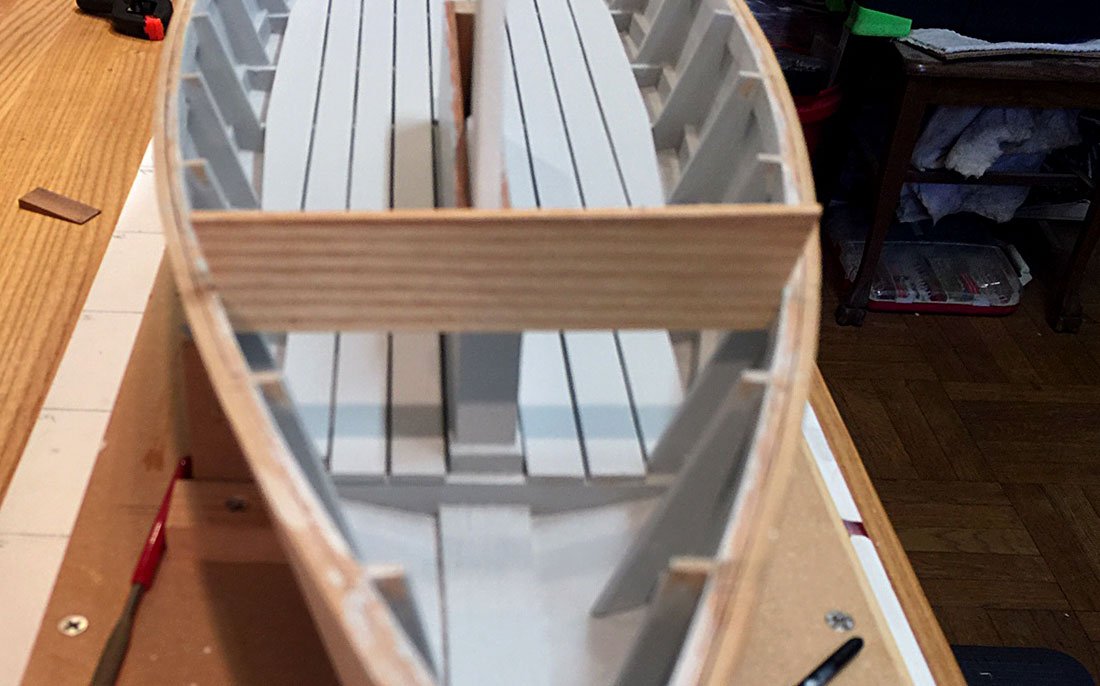Jim Cricket said:Hi Dave. Nice bowl there. How do you like the Grizzly lathe? I've used a Grizzly bandsaw (17") that compares very favorably to my $$ Italian saw. Hard to beat the price. Just curious how the lathe stacks up.
Thanks!
Jim Cricket
Jim,
This is the first bowl I've turned on this lathe start to finish. Previously I did a little finish turning just to make sure everything was functional immediately after setup.
(A) First impression unpacking the unit; Good fit and finish, everything fit as should, edges deburred and smooth, quality paint job.
(B) Initial no load break-in run; No instructions for a break-in period but I ran it for about 20 minutes at a modest speed of around 350 rpm. Noticed a slight "ticking" after inspection tightened a set screw on the motor drive pulley.
(C) Trial cuts; Did a little light cutting just to get a feel for everything. No bearing noises, spindle and live center running true with no perceptible runout.
(D) Lets see what this thing will do. [cool] ; Loaded a chunk of seasoned Hickory onto the worm screw secured in the chuck. (Nova G2) . Fired up the spindle at 250 RPM and gingerly cleaned up an area for the live center. That right there was a major improvement over my old lathe which only had 3 set speeds with the lowest being 900RPM.
(E) Loaded and locked in; Now that the log could not go anywhere, (finger's crossed) started cranking up the speed. Did not get very far before the shaking started. A couple times the lathe RPM took off and just kept climbing, forcing me to hit the stop button. This left me scratching my head a bit. (more on that later.) Decided to move ballast from the old lathe to the new one. Big improvement (no chit Sherlock [w00t])
(F) Let's make a cut; Started with light cuts gradually progressing to being more aggressive. Was still well within the "light cut" spectrum when the lathe just lost momentum and coasted to a stop. Hummm, the GFI had tripped on the outlet I was plugged into. Reset and tried again, same results. Hummm, maybe the inverter unit used on this lathe will not play well with a GFI.
(G) Plugged into a non-GFI outlet; Better results, could take a bit heavier cuts and more cuts. Now with no GFI to trip, when I'd exceed the cutting torque specs, the invertor would now "cutout" and the lathe would slow to a stop.
(H) Conclusion;
Nothing wrong with the lathe itself. Works as it should. I had simply maxed out or even exceeded it's capabilities with my expectations. The load in the chuck was fine, I just wanted to remove more material, faster than what the lathe was capable of. I don't believe any other lathe in the same size class, would have done any better.
Overall I'm very happy with my purchase. It is a huge improvement over the old Sears Craftsman Lathe I had been using. Quite frankly, I could not have completed this project on my old lathe. Even tho I had, as the old TV commercial used to say, "trying to haul 2 ton of fertilizer on a 1 ton truck" the lathe had performed well.
Two notes of interest; (a) before starting on the large log, the ticking noise I had heard early on, came back. Upon further inspection I found that the set screw I had previously tightened was a "locking screw" above the actual one that needed tightened to the motor shaft. Once the screws were properly tightened and locked down, that resolved the issue.
(b) The times the lathe, lost it's mind, and started to uncontrollably speed up, I determined to be caused by the shaking of the unbalanced load. At that point in time I had no ballast weight in place. After adding the ballast to control excessive shake, the speed control issues went away. My conclusion is the unbalanced shaking, caused the speed sensor to lose it's reading, effectively telling the invertor, that the spindle speed was zero RPM. Thus the invertor would respond by feeding more power to the motor, to achieve the called for RPM. All the while never receiving any feed back from the speed sensor on the spindle. Again, not a defect or fault of the lathe.













